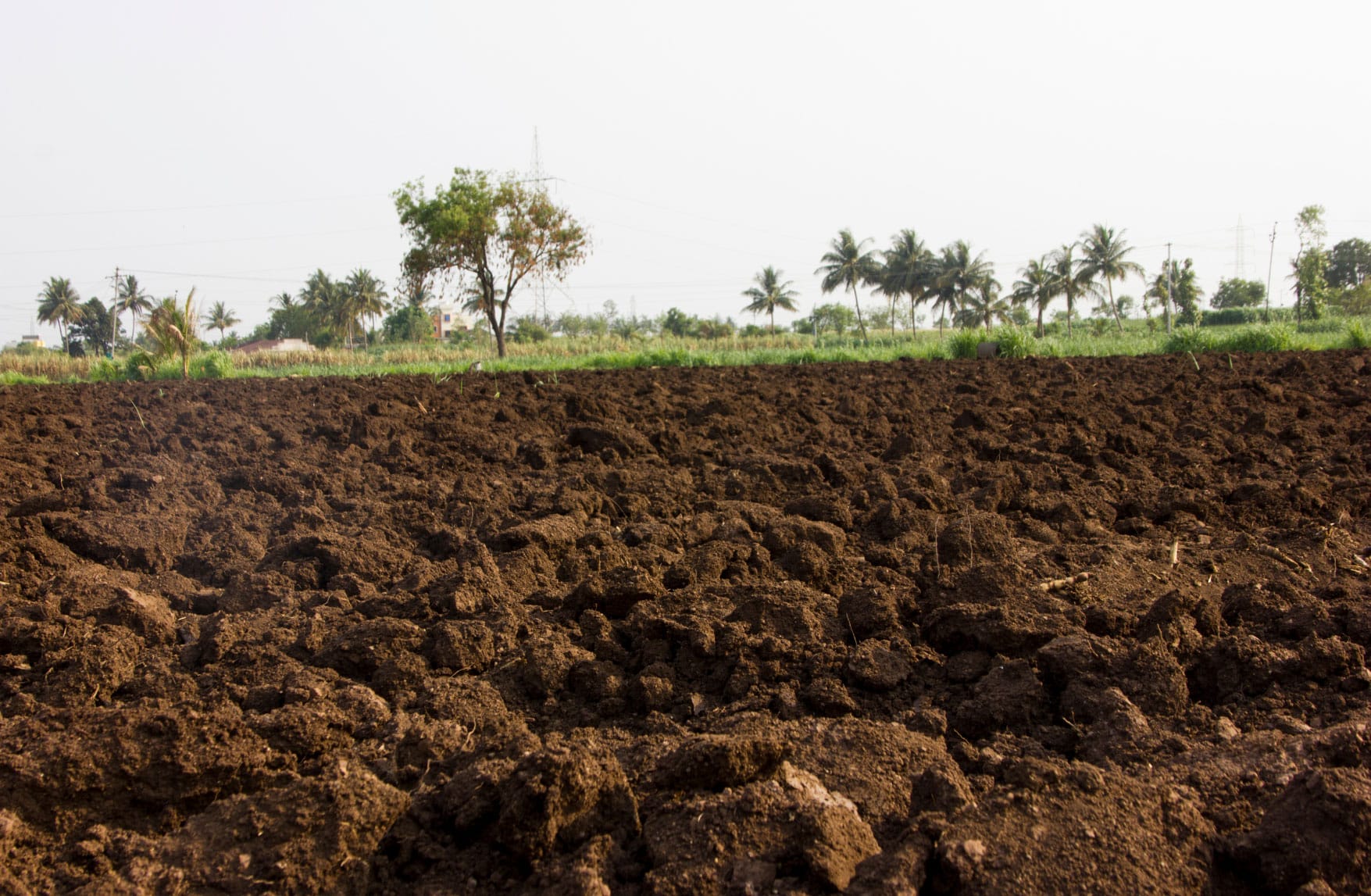
However, there’s a dark side to traditional soil stabilizers that often gets overlooked: the significant and costly impact on agriculture and nearby farming lands. Lime and cement residues in the soil and their toxic dust plumes can devastate crops surrounding construction sites, potentially leading to lawsuits and financial burdens for companies and landowners.
The Hidden Costs of Traditional Soil Stabilization
- Crop Damage and Loss: Lime and cement can severely alter the pH balance of soil, rendering it unsuitable for growing crops. Moreover, toxic dust plumes from construction sites can settle on surrounding farmland, damaging crops and diminishing yields.
- Environmental Liability: Increasingly, landowners whose crops are damaged by lime or cement dust, are seeking compensation and damages against the companies or contractors responsible for the soil stabilization, leading to significant legal costs and reputational damage.
- Profitability and Reputation: The combination of crop loss and potential legal battles can negatively impact a project’s profitability, offsetting the initial benefits of conventional soil stabilization methods. Reputational damage can also impact future projects and profitability.
The AggreBind Difference: A Sustainable, Risk-Mitigating Solution

AggreBind long-string cross-linking copolymer is non-toxic, non-hazardous, and non-polluting technology for soil stabilization. Here is how AggreBind can support the construction industry’s projects, profitability and reputation:
- Soil Health Preservation: AggreBind encapsulates soil particles binding them together with no risk of leaching into, or affecting surrounding soils, or altering the soil pH balance. AggreBind’s eco-friendly solution is designed to stabilize soil by creating a strong, durable mass, ensuring the well-being of surrounding agricultural lands.
- Avoid Crop Loss Damage: AggreBind’s technology and implementation process prevent the generation of harmful dust plumes, safeguarding neighboring crops from damage and allowing agricultural productivity and health to be unaffected by construction projects.
- Mitigated Risk and Profitability: Crop loss, crop damage and environmental pollution can be avoided. AggreBind helps companies and contractors reduce risk, protect their reputation and allow them to confidently pursue and deliver successful and profitable projects.
Doing the Right Thing Pays Off
Companies and industries that prioritize sustainability and environmental responsibility not only ensure biodiversity; they enjoy substantial business advantages and demonstrate environmental leadership. AggreBind offers solutions that support construction goals and corporate responsibility commitments.
By transitioning to AggreBind’s innovative technology, you embark on a sustainable, risk-mitigating path that benefits projects, reputation, surrounding lands, and the community.
It’s time to embrace responsible construction practices and secure a future where profitability and sustainability go hand-in-hand.
For more detailed information on our projects and the tailored solutions we offer, contact us about your project and discover how we can help you achieve optimal soil stabilization and dust control.
